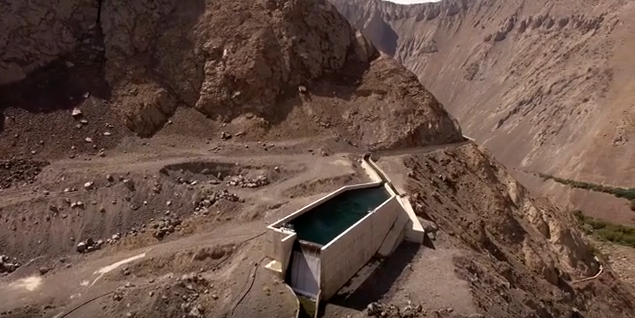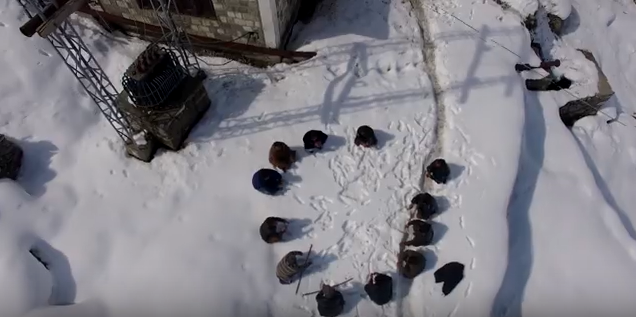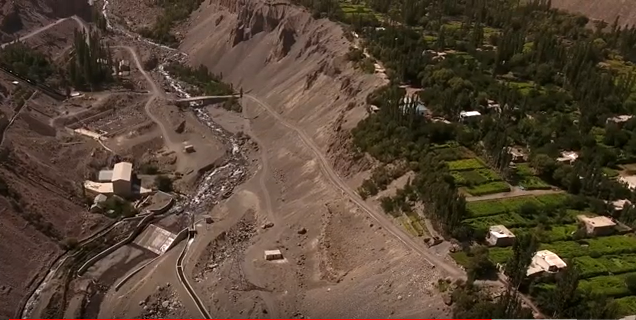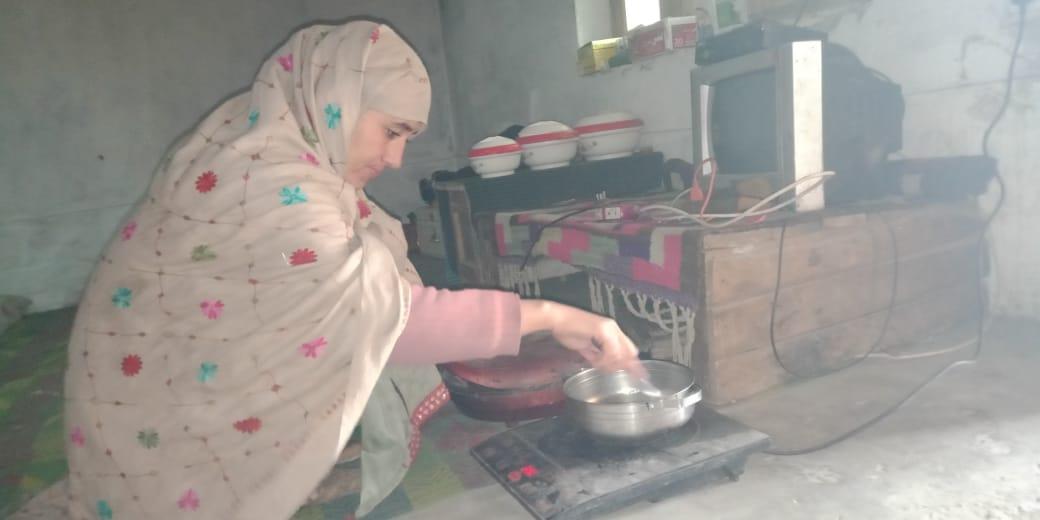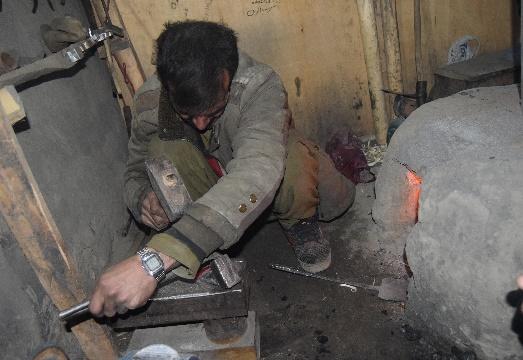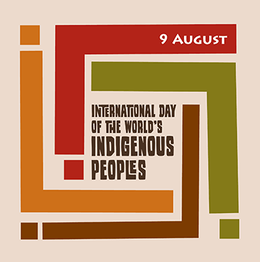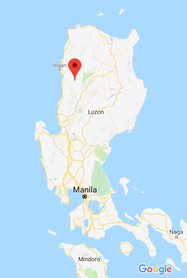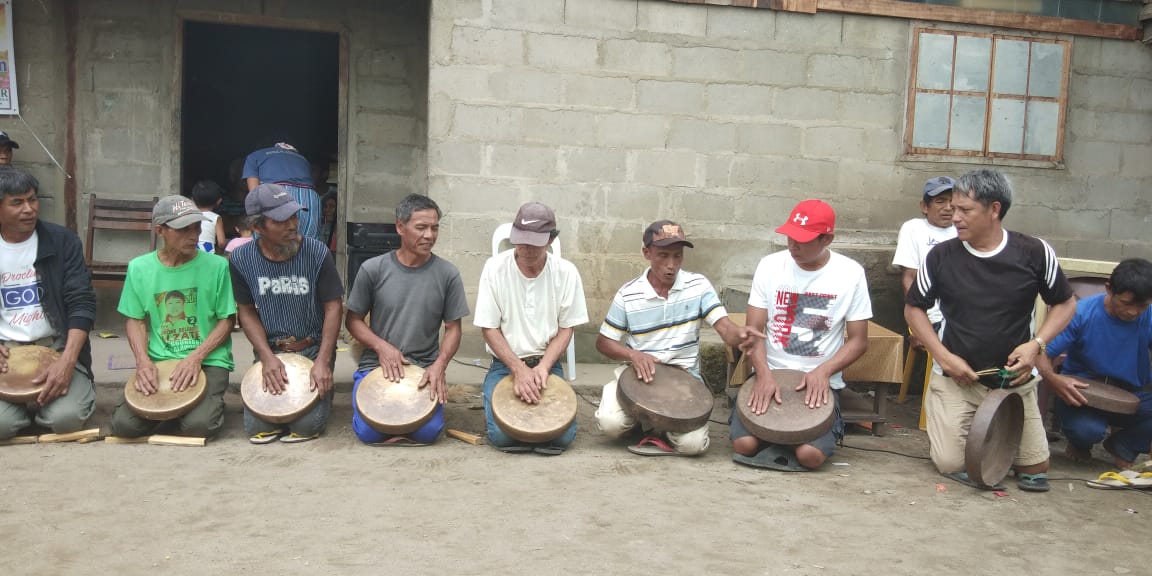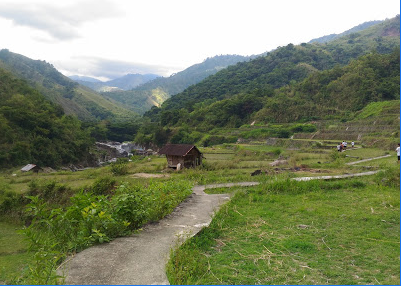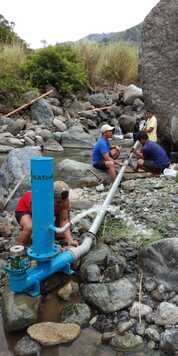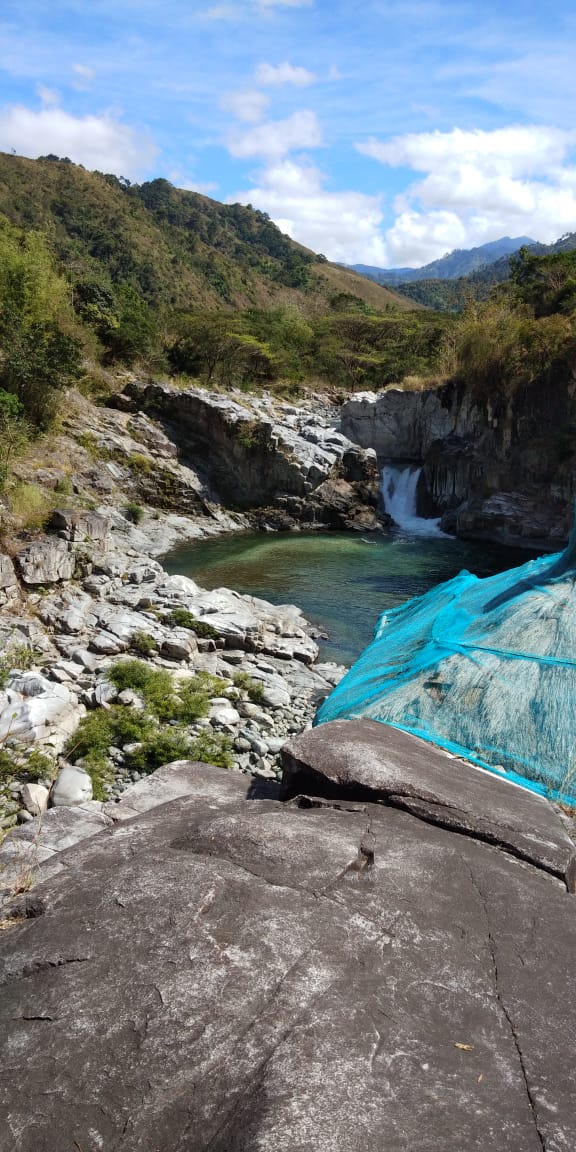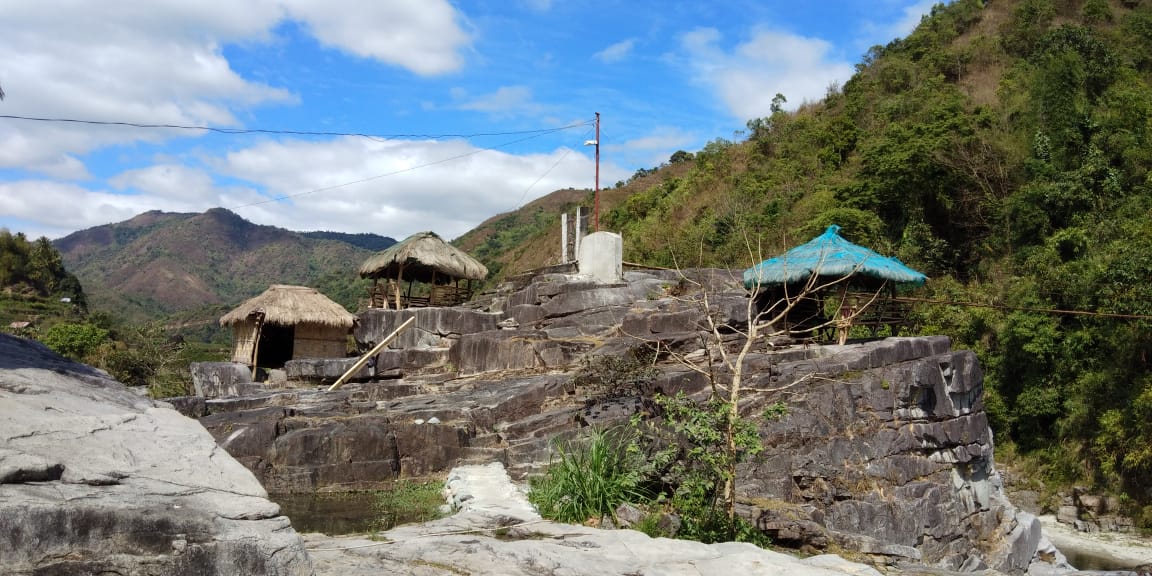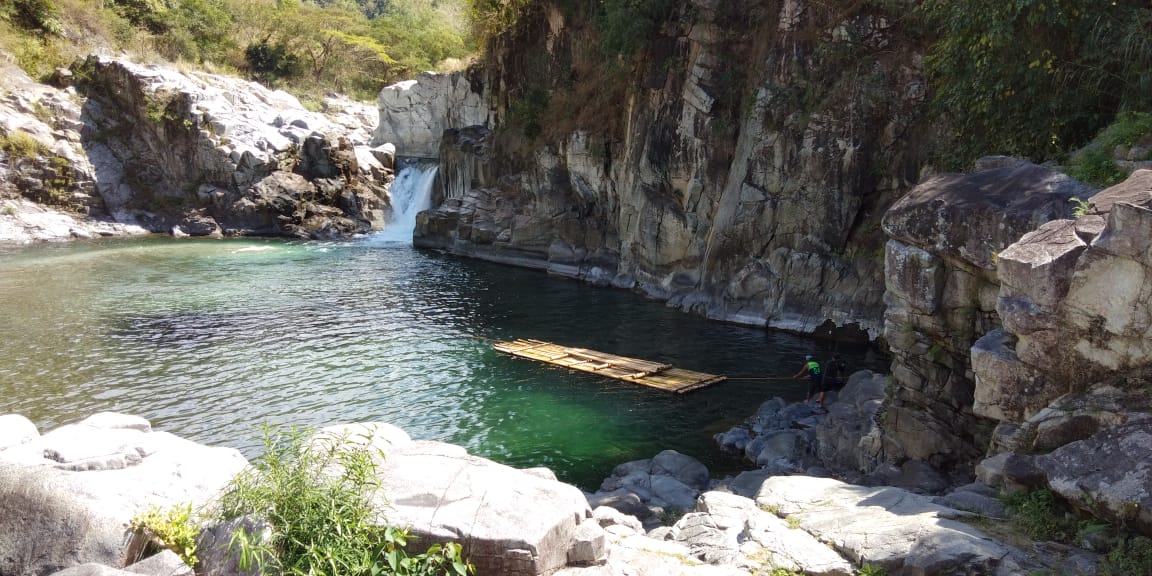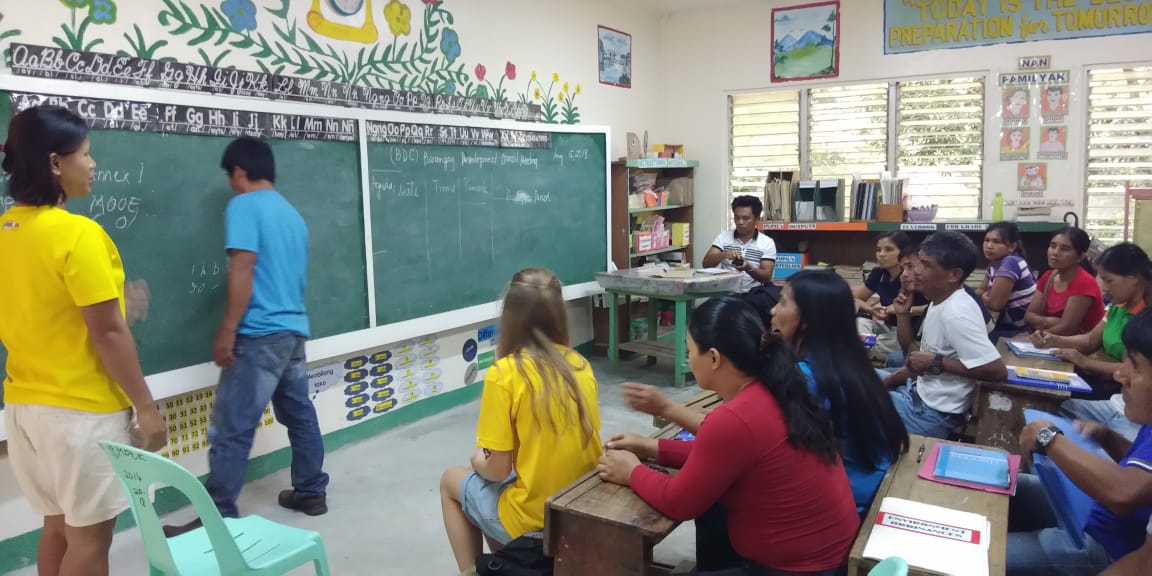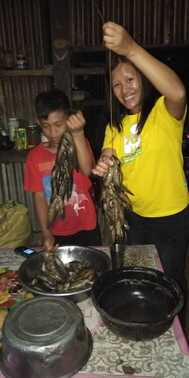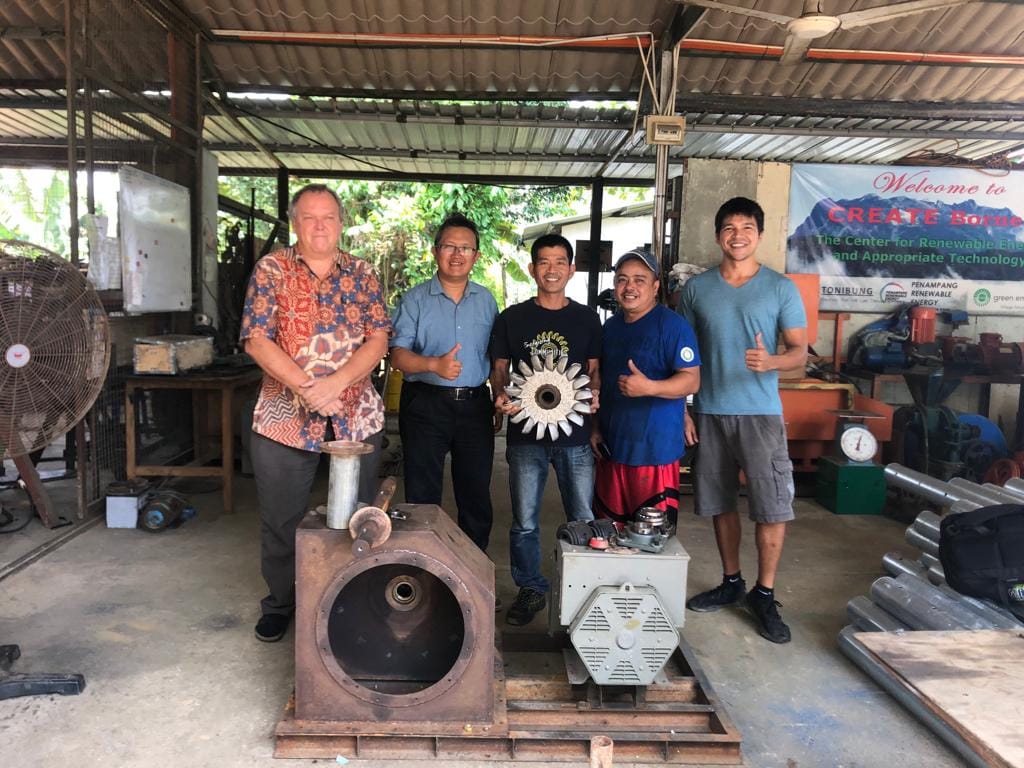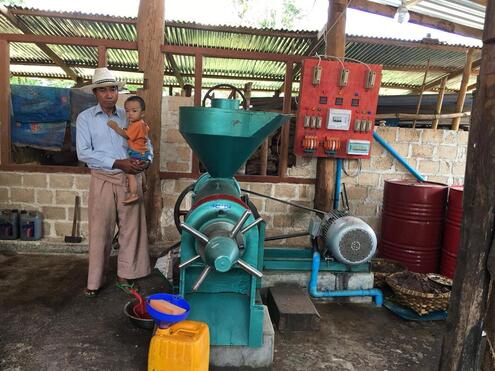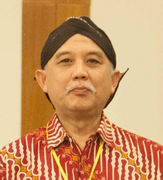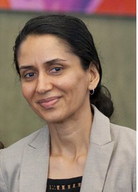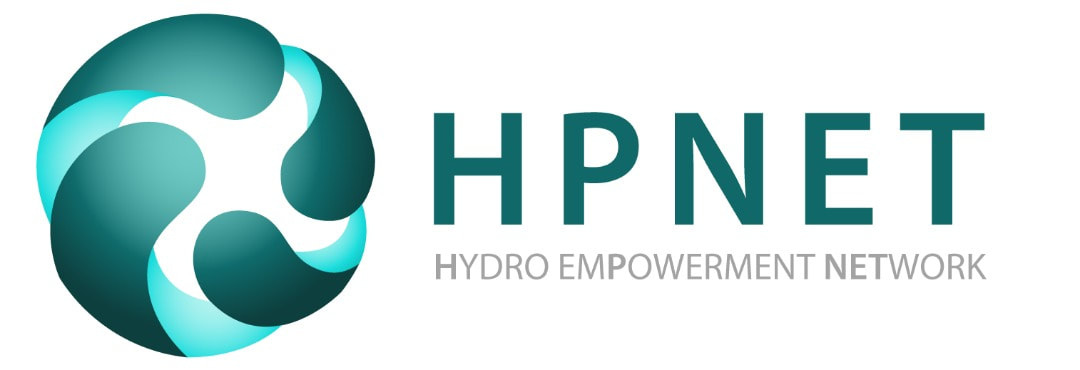To facilitate a closer look at the far-reaching benefits of an inclusive, enterprise-based model, we reached out to Mr. Meherban Khan, Coordinator of Electric Utilities at the Aga Khan Rural Support Programme (AKRSP) and HPNET's Board of Representative member for Pakistan.
Based in Pakistan, AKRSP is a project of the Aga Khan Foundation, which is an agency of the Aga Khan Development Network (AKDN). In the following article, Meherban sheds light on AKRSP’s participatory, multi-faceted approach to development, providing insight into the Programme’s success in developing women-led social enterprise.
ARKSP’s work on hydropower began in 1986 with a research and demonstration programme that resulted in engagement in the hydropower sector in the 1990s with micro and mini hydropower plants (MHPs) between 25 and 300 kW providing electricity for lighting. The major focus of AKRSP’s MHP engagement was directed towards the peripheral off-grid areas of Chitral where the community demand had been greatest. Besides improved quality of life and health, and increasing savings with the MHPs, AKRSP targets poverty alleviation through the establishment of organizational, managerial and technical skills as well as through improving options to generate capital. Up to 2010, AKRSP had constructed 225 micro- and mini-hydro projects (177 in Chitral, 48 in Gilgit-Baltistan) with capacities up to 800 kW and a cumulative capacity of 16.4 MW. Out of the 177 units in Chitral, 147 are still functional. For its efforts in regard to community based MHPs, AKRSP has repeatedly gained international attention and awards.
Chitral District in Northern Pakistan
District Chitral has the lowest population density of 25 people/ km2 in Khyber Pakhtunkhwa Province (KPK). It is composed of a wide variety of ethnic groups. These include Chitrali (or Khowar), Pashtuns, and other ethno-religious minorities such as the Kalash.
Chitral is the most linguistically diverse area of Pakistan and more than 10 languages are spoken in the district in 35 major valleys. About 35 % of the families live in Pacca (brick) houses of which some 30% have access to electricity and piped water, predominantly in the few main towns of the District. 90% of the population lives in rural settings with an average household of 8 persons.
Evolution to Social Enterprise
Over time, the MH projects implemented by AKRSP have grown in size and impact. Initially, systems were relatively small, providing electricity solely for lighting and small appliances, and often operating only for night-time use. Today, much larger systems are being implemented, with implications for community development that go beyond basic electrification. This development is the result of a decision to shift to a community enterprise approach.
The community-based mini hydropower utility companies (CBMHPUCs) can be understood as “community enterprises” with both commercial as well as social aims and objectives, i.e. “to create sustainable wealth for the community; and to create social benefit for the community”. This means to deliver fairly priced quality services in a sector that neither the public nor other private sector covers. In comparison to other models (e.g. trusts and co-operatives) the organizational functions and operating style are driven by business methods and practices. Furthermore, its regulatory and other reporting requirements are more robust. Thus they distinguish themselves from the otherwise rather informal operating patterns of community-based organizations or maintenance committees mostly applied in regard to micro and small MHPs. Nonetheless, the central feature of the CBMHPUCs set up by AKRSP remains the same as with other community-based organizations: they are basically owned and controlled by people who live in a defined locality, who constitute a community of interest and who, in this case, may share the rights over the water used for the electricity generation.
The new approach of AKRSP for formation and regulation of the community based Utility Companies in Hydro power is to register with Securities and Exchange Commission of Pakistan (SECP) under Companies Ordinance (1984). The objective of the CBMHPUCs is “to establish a financially viable and sustainable hydro power business by providing affordable and reliable electricity with improved service quality and profitability”.
Three of the main CBMHPUCs designed with this new enterprise-based approach approach are CBMHPUC Yadgarh (800 kW), Shandur (500 kW) and Ozhor (500 kW). These plants have been operational since January 2017 and were designed to provide enterprise opportunities for small industries and to eradicate poverty. The CBMHPUC Yadgarh was initially planned to cover some 14 settlements, which by now has increased to 17, with some 1127 households or 8404 people to be serviced. The CBMHPUC Shandur covers three villages or 16 settlements and some 854 to 1161 households or around 6,043 people.12 CBMHPUC Ozhor covers some 21 settlements and 1200 households or 9208 people (see table 1). The electricity generated through the MHPs is distributed via village-scale mini-grids.
Inclusive Ownership: How it Works
The MHPs were established through hybrid financing, i.e. a combination of “donor model” and “cash model”. The costs for large parts (including the technology, T&D system) were covered by donor money – in the case of the CBMHPUC Yadgarh and CBMHPUC Shandur, from the Swiss Development Corporation (SDC), and in case of the CBMHPUC Ozhor from the PPAF. This was complemented by equity from AKRSP and the communities. Community households contributed between PKR 6000 and 9000 and the minimum contributions per community were set at PKR 10 Mil. for each project. With the transformation of the units into public limited companies, the initial investments of the community members were converted into shares and transferred on individual persons. The value of 1 share was set at 100 rupees.
Accordingly, the CBMHPUCs still follow the “cooperative model” in the sense that the community members (partially) own the MHP. Now each CBMHPUC has between 1000 and 1600 shareholders from the community.
Micro Hydro Success Cases
Case Study 1 - Electricity Utilization
Before the new MHP became operational Ms. Amina and her family were using electricity solely for lighting purposes, and were paying Rs.300 fix bill. But now they are using many electrical appliances and are paying the average Rs. 500 amount.
In summer season Ms. Amina’s average monthly electricity bill is 250 while in winter season the bill goes up to 500 due to increased use of geyser. However this bill amount is negligible as compared to the electricity usage and facilities she is availing. Ms. Amina stated that “this electricity has saved our time and lessened our work burden, and has created ease particularly for women in the area”. To the question “how” she explained that whenever she wants to cook bread, she t urns on the oven, puts bread in for cooking and does other household work she has to do. When she comes back after completing other household work she finds ready bread in the oven. Secondly, due to electricity access Ms. Amina’s community has an opportunity for small scale business that was not available before. She explained that, overall, energy access improved their standard of living and reduced poverty.
Case Study 2 - The Blacksmith
His father is pensioner in Chitral Scout.is one younger brother is in the army and the other is in Chitral Scout. His youngest brother is doing labour work.
Before Muhammad was going to other districts for labour work, but when AKRSP started construction of MHP in the area, his father asked him to come home. When he came home, his father sent him to Gilgit to learn some skills; Muhammad got training on stove making, tool sharpening and welding.
When the new MHP became operational he came to the village of Raman and opened a shop where he started welding, stove making and tool sharpening. Muhammad sells his one stove at Rs. 3500 and sharpens one tool at Rs. 50. He said “I feel very satisfied and happy about my profession and what my father has decided for me”.
With his earnings, he buys all the raw materials like welding rods, sheet teen and coal for heating up different tools in forge. In the start he was using a manual method for blowing coals in the furnace, but now he has bought an electric blower and electric wheel sharpening stone.
With his income, he also pays his son’s school fees and helps his father in buying food and other necessities. After deducting all the expenses, he is getting net profit of Rs. 8000. Muhammad is also providing job opportunities for the unemployed in this area. He said due to electricity access, our standard of living improved and we can see that poverty is reducing gradually.
Social Inclusion
One of the basic rationales for rural electrification is that it enables households to switch from lower quality and especially from carbon-based fuels such as fossil and bio-fuels to electricity for various energy services. This switch is expected to generate a range of social, environmental and economic benefits, not least if the electricity stems from renewable energy sources. Essentially, benefits from rural electrification through renewable energy resources are obvious. Common links between (renewable) energy use and components of poverty are beneficial effects on health, education, the environment and income.
For example, the use of electricity may lead to health benefits, such as reduced exposure to hazardous pollutants and reduced air pollution; eliminating drudgery associated with collecting fire wood may improve the health condition, above all of women and children who most often carry out this task; access to electricity may enable vaccination and temperature-adequate medicine storage (through refrigerators).
The use of electricity may also involve educational benefits, by reducing drudgery and thereby freeing up time for study: enhanced lighting can enable to studying at night; furthermore, electricity may also assist to narrow the digital divide through Information Communication Technologies (ICTs).
Environmental benefits may encompass a reduction in the consumption of fossil fuels and biomass; reduced use of wood for fuel may lead to a mitigation of deforestation; application of renewable energy promotes climate protection.
Lastly, income benefits may mean, among others, increased productivity and profitability of agricultural methods leading to better farm/household revenues; enterprise development through electrification can create jobs; mechanization in industry can lead to higher productivity and lower consumption costs; small-scale energy systems in rural areas may generate local industry or enterprises; the use of more efficient electric appliances.
Women-Centric Approach
The typical workload of women in the Chitral region is extreme. Apart from caring for the children and the households, they look after the animals and assist their husbands in crop husbandry. If collecting firewood is substituted by an electric oven women may save 1 h/day; if washing is electrified (eventually in a village bath and washing house) they may serve 1- 2 hrs/day; and if wool weaving is outsourced to a collective unit, they may save up to 3 hrs/day. With some electrical appliances in the households for cooking, for heating/cooling (which could be facilitated by some better insulation of 1 – 2 rooms or refrigerators) and for home maintenance, as well as collective ventures for women in washing and ironing, weaving or of processing of milk and gardening products etc. the women’s workload can be considerably reduced.Moreover, saved hours in the household could be used for improved education and socio-political activities (which AKRSP investigates & supports in MH projects).
Most importantly, women will receive equal benefit from the project in terms of dividend, they will be part of the governing body and involved in decision making (i.e tariff designing, investment plan, etc). In AKRSP supported projects, women are involved as investors, shareholders and owners of the plant.
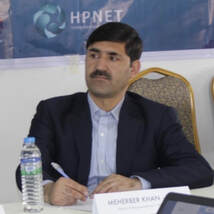
He can be reached at [email protected] or [email protected].
